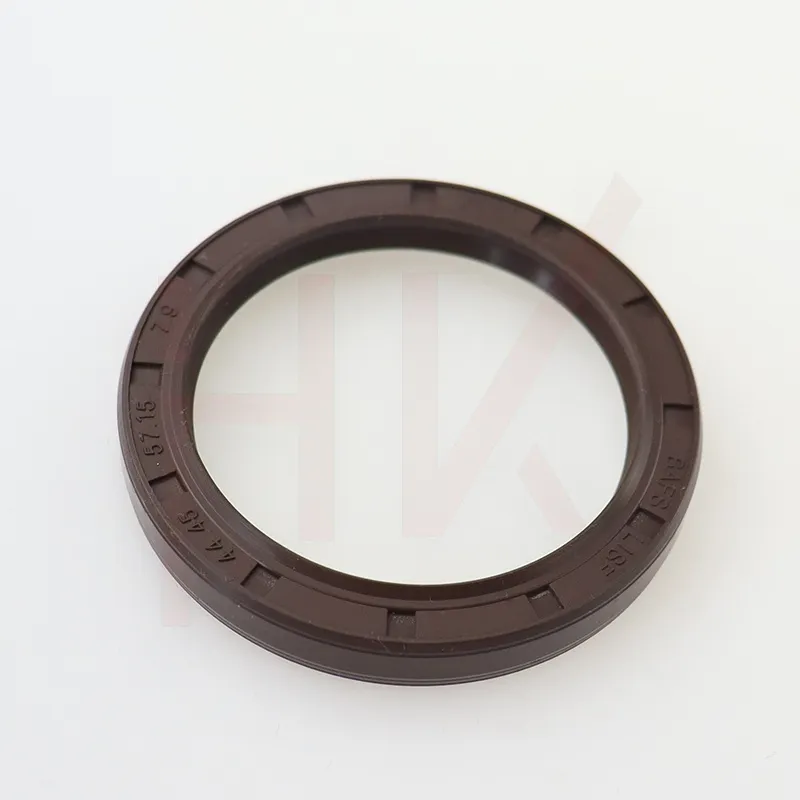Oktoba . 05, 2024 20:55 Back to list
Understanding the Importance of Wiper Seals in Automotive Maintenance and Performance
Understanding Wiper Seals Essential Components for Effective Sealing
Wiper seals are critical components in various machinery and equipment, particularly in hydraulic and pneumatic applications. These seals are designed to keep contaminants such as dirt, dust, and moisture out of moving parts, ensuring optimal performance and longevity of the machinery. With their dual-functionality of wiper and seal, they are essential for maintaining the integrity of systems, enhancing their efficiency and reliability.
The primary role of wiper seals is to prevent the ingress of foreign particles into hydraulic cylinders, rod and piston assemblies, and other moving parts
. When these contaminants enter, they can cause wear and tear, leading to decreased performance and potential failure of the equipment. Wiper seals act as a first line of defense, scraping away any particles that come into contact with the moving parts and ensuring that only clean fluids are present in the system.Wiper seals are usually made from elastomeric materials, such as polyurethane or rubber, providing the necessary flexibility and durability to withstand harsh operating conditions. They are designed with specific geometries that allow them to effectively remove contaminants while maintaining a tight seal. This design typically includes a lip that faces outward to wipe away any debris, while a body that fits snugly against the cylinder or shaft prevents leaks.
wiper seals

The importance of selecting the right wiper seal cannot be overstated. Factors such as the operating environment, fluid compatibility, and temperature range must be considered to ensure optimal performance. For instance, in environments where high levels of dust or moisture are present, a more robust wiper seal may be required. Similarly, in applications involving aggressive chemicals, specialized materials that can resist degradation must be utilized.
Another critical factor in wiper seal performance is installation. Proper installation is essential to ensure that the seal functions effectively. Incorrect installation can lead to seal failure, causing leaks and potential damage to the equipment. It is important to follow manufacturer guidelines and use the appropriate tools to ensure that the seals are fitted correctly.
Regular maintenance and inspection of wiper seals are also vital to prolonging their lifespan. Signs of wear, such as cracks or deformation, should be addressed promptly to avoid costly repairs or downtime. Replacing wiper seals as part of routine maintenance can prevent more significant issues down the line, ensuring that machinery operates smoothly and efficiently.
In conclusion, wiper seals are integral components in various hydraulic and pneumatic systems, playing a crucial role in maintaining performance and safeguarding against contamination. By carefully selecting, installing, and maintaining these seals, operators can enhance the reliability and efficiency of their equipment, ultimately leading to increased productivity and reduced operational costs. Whether in industrial machinery, automotive applications, or any other field that relies on moving parts, understanding and utilizing wiper seals effectively can make a significant difference in overall system performance.
-
The Trans-formative Journey of Wheel Hub Oil Seals
NewsJun.06,2025
-
Graphene-Enhanced Oil Seals: Revolutionizing High-Pressure Oil Sealing
NewsJun.06,2025
-
Future of Hydraulic Sealing: Advanced Intelligent TCN Oil Seals
NewsJun.06,2025
-
Don’t Let a Broken TCV Oil Seal Ruin Your Day
NewsJun.06,2025
-
Bio-Inspired Dust Seals for Better Sealing Performance
NewsJun.06,2025
-
Biodegradable and Sustainable Hydraulic Seal Materials
NewsJun.06,2025
-
Top Oil Seal Solutions for Your Industrial Needs
NewsMay.22,2025
Products categories
















